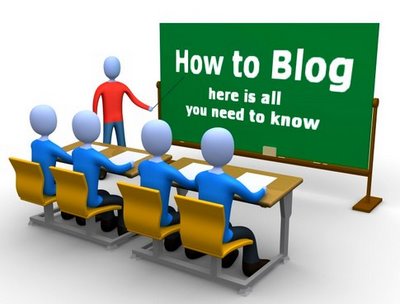 Nine years seems like a long time. Depending, that is, on the event or phenomenon you are marking. Today is nine years exactly since 9/11. Although I live in DC, I happened to be in New York that day. I was in Union Square, about a mile from Ground Zero and watched the Towers fall with my naked eyes. Here’s what I wrote a week later for ClickZ: Email Has a Purpose: To Connect Us. The point of the article is that on 9/11 “online communication” became a necessity. It was no longer an experiment or a passing fad. The phones didn’t work that day – neither land lines nor mobile phones. It took me many anxious hours, as it did for so many others, to connect with my husband back in DC.
Nine years seems like a long time. Depending, that is, on the event or phenomenon you are marking. Today is nine years exactly since 9/11. Although I live in DC, I happened to be in New York that day. I was in Union Square, about a mile from Ground Zero and watched the Towers fall with my naked eyes. Here’s what I wrote a week later for ClickZ: Email Has a Purpose: To Connect Us. The point of the article is that on 9/11 “online communication” became a necessity. It was no longer an experiment or a passing fad. The phones didn’t work that day – neither land lines nor mobile phones. It took me many anxious hours, as it did for so many others, to connect with my husband back in DC.
But email did work. I was able to send an email to my son, in Australia for his junior semester abroad, to tell him I was OK and ask how he was doing. He responded back quickly. Ditto for my daughters, who were also in school and in other cities.
It’s ironic that I wrote my first article about blogging a few weeks before 9/11, on Aug. 22, 2001: To Blog or Not to Blog: That Is the Question. Blogging was not on everyone’s radar in 2001. If you stopped someone on the street – or picked a colleague at random – and asked what a “blog” is, you were apt to get a blank stare. Blogs have since become one of the main ways to connect survivors during a crisis. Think Hurricane Katrina in 2005. They are a magical channel for instant, no-cost self-expression. They have permanently disrupted mainstream media, not to mention the publishing industry. And they have become a mainstay of online marketing communications. Indeed blogs are an expected part of the navigation on an organization’s home page. As we like to say, blogs are the “human voice” of a company.
So nine years later, blogging is still in. Although maybe not cool anymore with all the talk about Facebook and Twitter. What’s changed is that content curation has become the most valuable skill for organizations that want to do content marketing. Content is more than words, of course. It’s video, screencasts, data visualization, badges and widgets and much more. The challenge is to put a smart, compelling curated mix of this stuff on your blog or “social site” as I call it in the 2010 updated edition of my book. [Download a free sample to your Kindle, iPad, iPhone, Blackberry or Android phone.]
Far from being passé, a blog is your social media hub. Facebook and Twitter and LinkedIn are vitally important as social media platforms. But they are, in my opinion, outposts. A blog is your home base online. It’s your sandbox. In other words, you make the rules and you control what goes on there.
